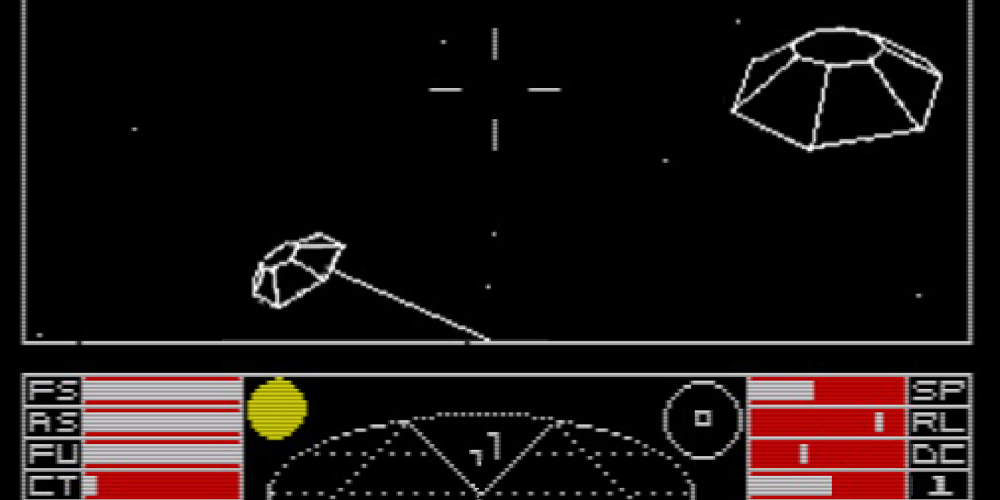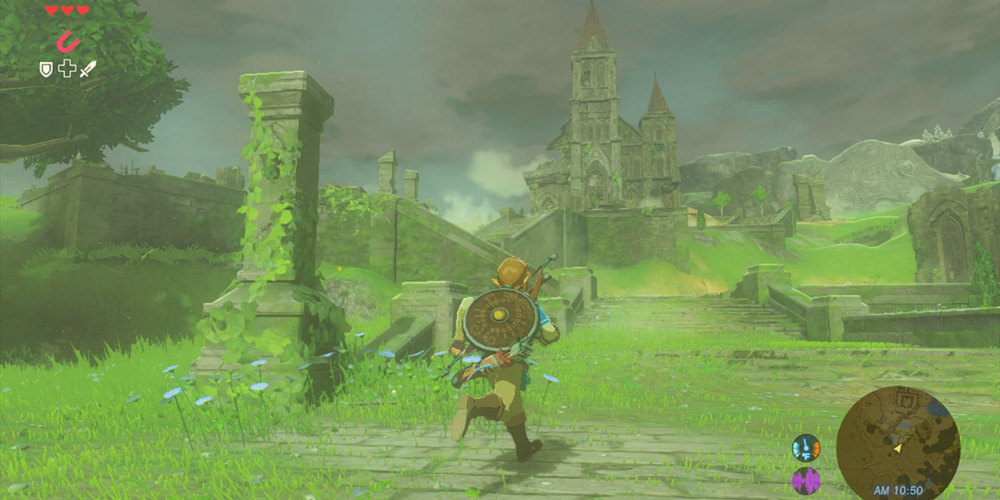The Evolution of Open-World Games: From Early Beginnings to Modern Masterpieces
- 2024-05-24
- 6
The open-world video game category represents a transformative shift in interactive narrative creation, effortlessly blending the facets of discovery and unrestricted play. This genre has continually fueled the transformation of the gaming sector, altering the manner in which gamers engage with virtual environments. Our discussion delves into the development of open-world video games, charting their journey from early iterations to contemporary classics.
What Was in the Beginning?

Initially, video games were an exercise in two-dimensional creativity, with constrained storylines and linear gameplay. However, As technology evolved, game developers found innovative ways to create games that allowed players to explore virtual worlds. The first inklings of open-world gameplay surfaced in the 1980s with games like "Ultima" and "Elite." These gaming experiences pioneered the "open-world" playstyle, allowing participants to explore the virtual environment at leisure and propel the game's narrative according to their personal rhythm.
Development at the End of the Millennium

However, the 1990s heralded a pivotal moment in the history of open-world games. "The Legend of Zelda: A Link to the Past," released in 1991, set a significant marker in the evolution arc, offering a vast, interactive world for players to explore. Simultaneously, "Grand Theft Auto" (GTA), initially released in 1997, broke new ground by giving gamers the freedom to roam a vast city and shape the storyline based on their actions within the game.
Transition to a New Level

The evolution continued into the 2000s. Games like "The Elder Scrolls III: Morrowind" and "GTA: Vice City" presented even more significant, complex, and immersive open worlds. The player-driven storylines combined with the high-definition graphic capabilities of new gaming platforms dramatically improved the gaming experience.
Unlocking the Potential of Modern Consoles and PCs

Momentum was sustained throughout the 2010s. Titles such as "Red Dead Redemption 2", "The Witcher 3: Wild Hunt," and "The Legend of Zelda: Breath of the Wild" provided players with beautifully detailed, expansive worlds that responded dynamically to their actions. These games, along with several others released in this decade, marked the technical and artistic pinnacle of the genre.
The Present and Future of Open World Games

In the modern era, open-world games have reached a monumental level of sophistication, with intricately designed environments and complex non-linear narratives. From the lush, dystopian universe of "The Last Of Us 2" to the enchanting realms of "Ghost of Tsushima," these games have become increasingly realistic and immersive. Developers use advanced artificial intelligence to create increasingly dynamic and reactive game worlds that give players a unique experience based on their actions and choices.
To summarize
In conclusion, the growth of open-world games from the rudimentary beginnings to the modern-day masterpieces has been a thrilling journey marked by innovation and creativity. The genre has consistently expanded the limits of interactive amusement, providing players with a more profound and intimate engagement with the virtual worlds they navigate.
The outlook for expansive sandbox-style games is quite optimistic, as the consistent introduction of groundbreaking innovations like virtual and augmented reality continues to shape the landscape. The gaming community can expect even more immersive, complex, and visually stunning open-world experiences in the future.






Leave a comment
Your comment is awaiting moderation. We save your draft here
0 Comments